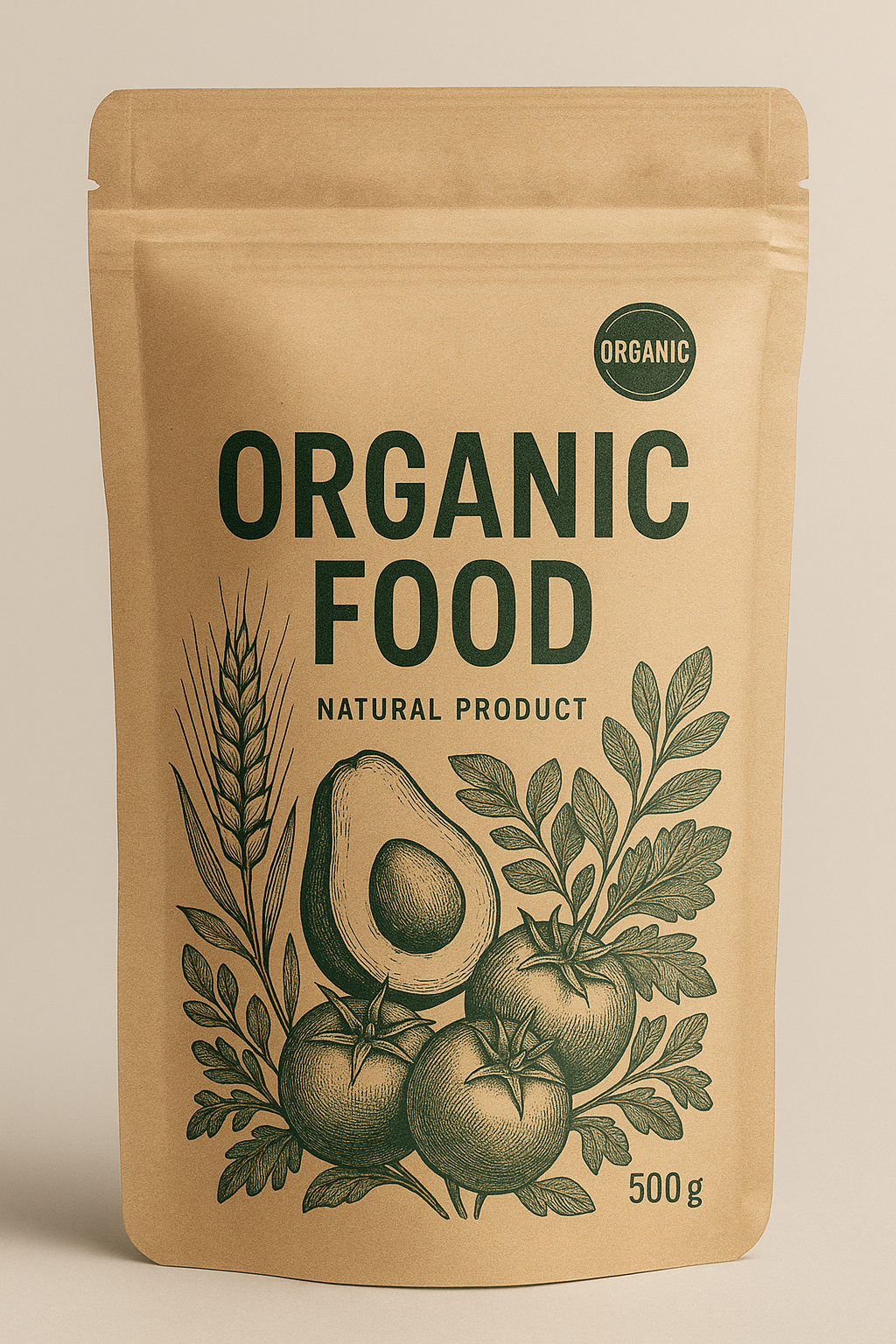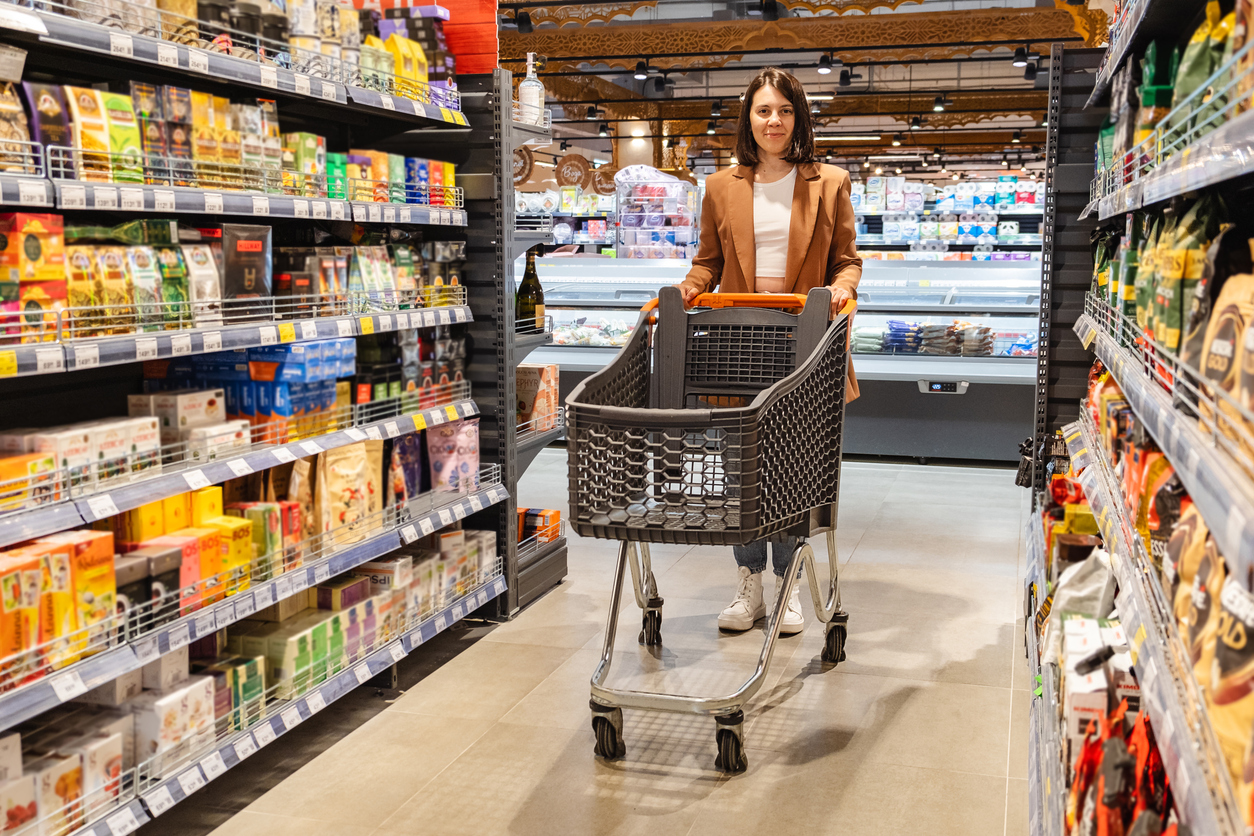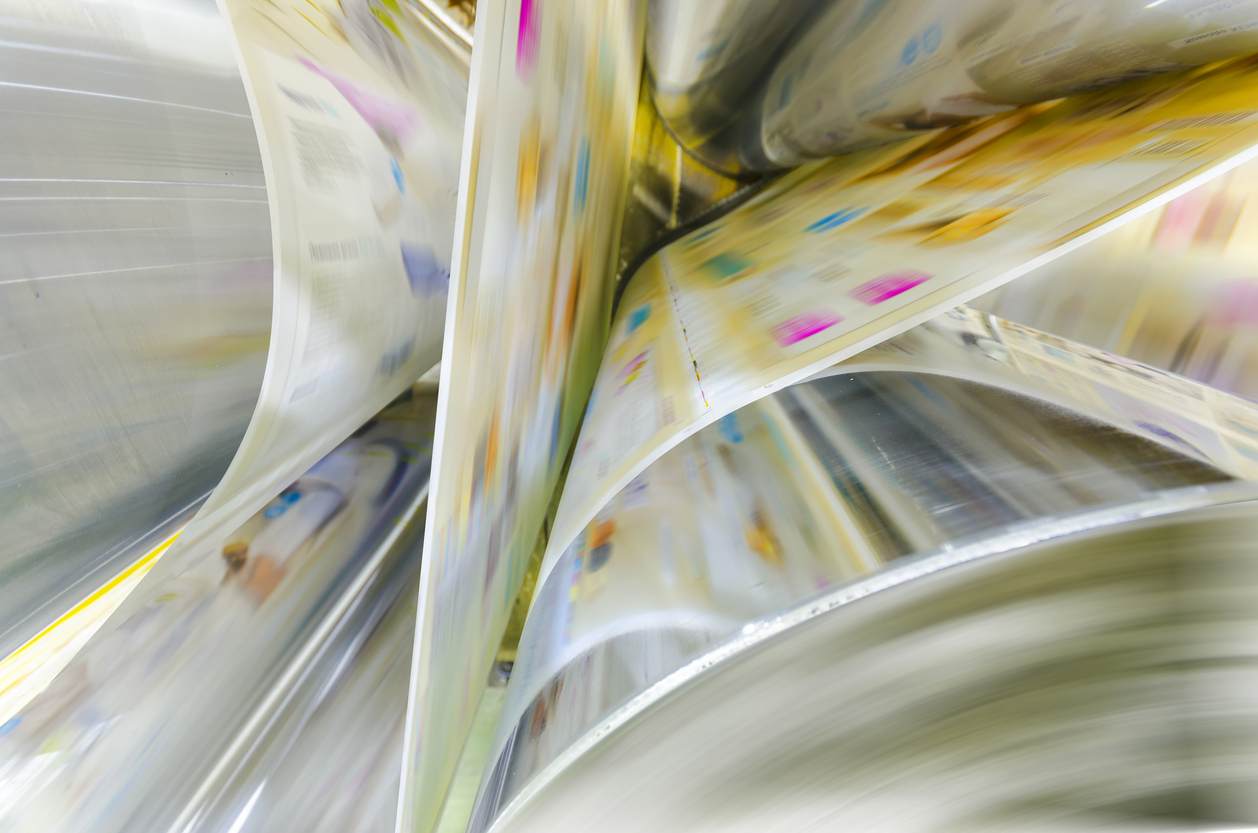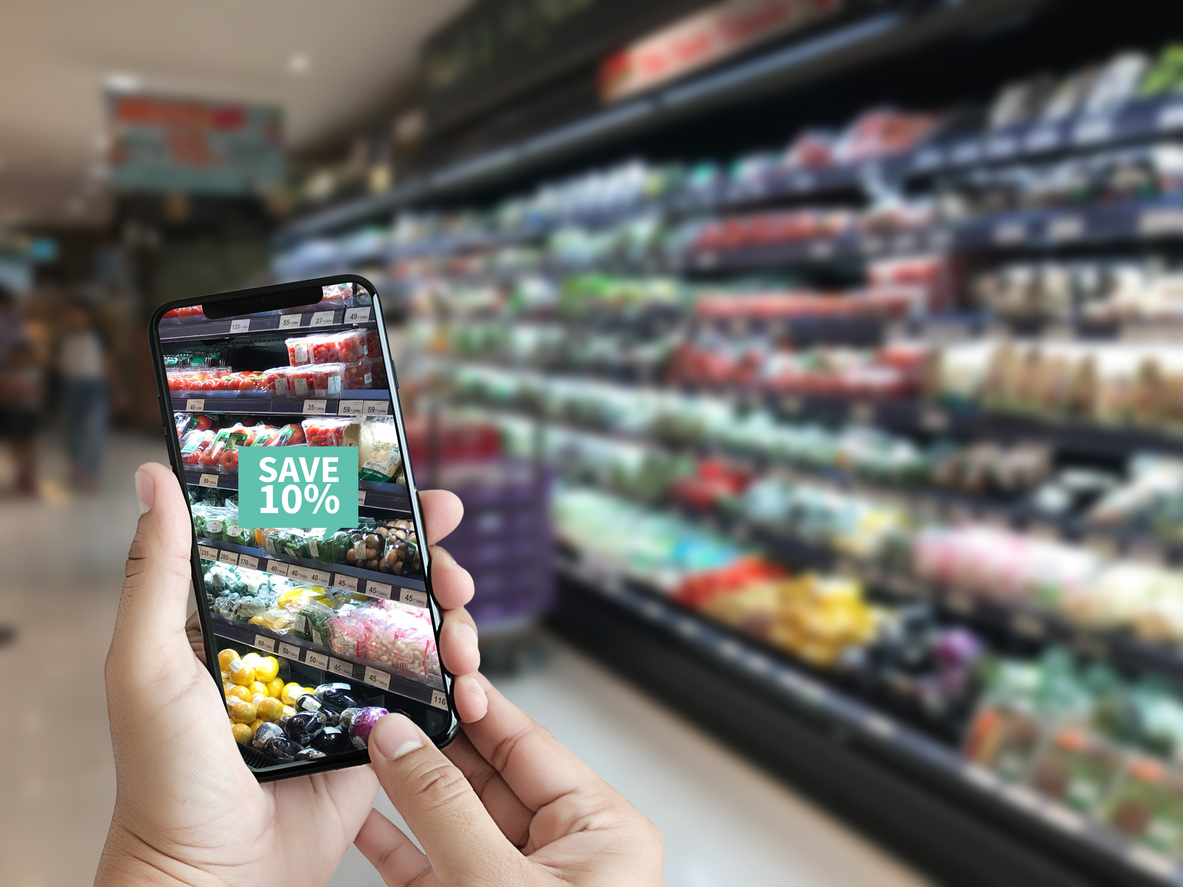In an increasingly competitive and sustainability-driven market, flexible packaging has…

AI and Sustainable Packaging Design: Reducing Environmental Impact from the Structure Up
In a market where sustainability is no longer optional but expected, Artificial Intelligence (AI) is reshaping how we design and evaluate packaging. One of its most impactful applications is in eco-design, where AI helps develop packaging that’s not only lighter and more efficient—but also aligned with ESG (Environmental, Social, and Governance) goals and backed by LCA (Life Cycle Assessment) data.
🌱 What is Eco-Design and Why Does It Matter in Flexible Packaging?
Eco-design is the practice of designing products with the goal of minimizing their environmental impact throughout their lifecycle—from material sourcing to disposal.
In flexible packaging, eco-design means:
- Reducing material use
- Choosing recyclable or compostable options
- Optimizing packaging without compromising protection or shelf life
With AI, design decisions are no longer based on assumptions—they’re data-driven, faster, and more precise.
🤖 How Does AI Enhance Eco-Design?
AI enables rapid, intelligent decision-making during the design phase by:
- Simulating mechanical and barrier performance of different materials
- Minimizing material usage while maintaining function and durability
- Recommending the most carbon-efficient combinations based on databases
- Evaluating recyclability based on regional infrastructure and capabilities
This reduces trial-and-error development, speeds up time to market, and delivers more sustainable results.
♻️ What Is LCA and How Does AI Support It?
LCA (Life Cycle Assessment) is a standardized methodology (ISO 14040/44) that measures the total environmental impact of a product from cradle to grave:
From raw material extraction, through production and transport, to use and end-of-life disposal.
LCA evaluates:
- Carbon footprint (CO₂ emissions)
- Energy and water consumption
- Use of non-renewable resources
- Waste generation and treatment
📌 AI in LCA:
AI can process thousands of variables instantly to:
- Compare packaging structures in terms of environmental performance
- Recommend lower-impact alternatives
- Predict environmental outcomes before physical production begins
This gives brands and packaging developers clear, data-backed insights to make smarter decisions.
🌍 What Is ESG and Why Should Brands Care?
ESG stands for Environmental, Social, and Governance—a framework used to assess a company’s sustainability performance:
- Environmental: emissions, energy use, material sourcing, waste reduction
- Social: labor conditions, diversity, community impact
- Governance: transparency, ethical compliance, corporate responsibility
💡 Many global brands must report on ESG metrics to investors, regulators, and consumers.
Having packaging developed using AI + LCA methodologies helps companies achieve and demonstrate progress on ESG goals, especially environmental ones.
✅ What Are the Business Benefits of This Approach?
- Commercial differentiation: demonstrate real sustainability beyond greenwashing
- Cost optimization: lighter materials = lower production and transportation costs
- Faster development: fewer physical prototypes, more digital simulations
- Regulatory alignment: comply with environmental standards and international norms
- Stronger brand reputation: meet growing consumer demand for responsible products
🚀 At Blue Pack Solutions, We Design Smarter, Greener Packaging
We combine AI tools, technical expertise, and LCA insights to create intelligent, sustainable structures that are ready for tomorrow’s challenges.
Ready to reduce the environmental footprint of your next flexible packaging project?
Let’s talk. From concept to compliance—we’ve got you covered.
Blue Pack Solutions
Smarter Packaging, Sustainable Solutions.



